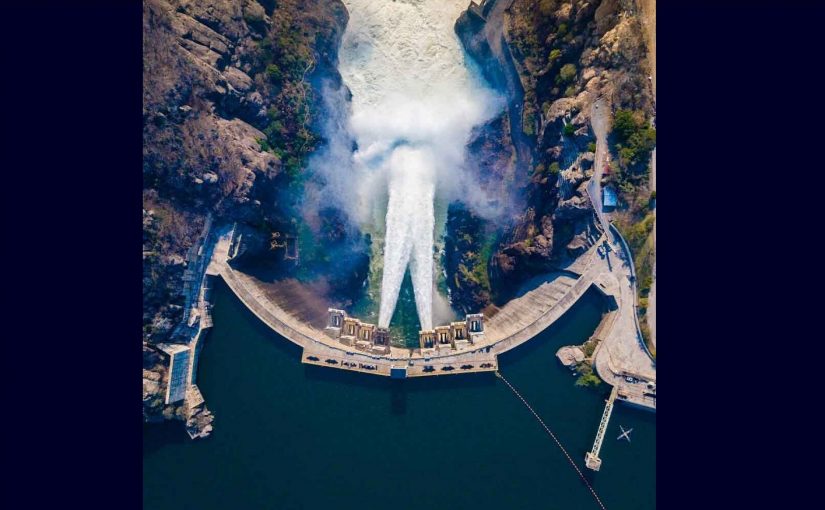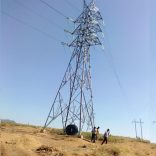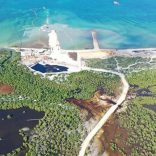ExxonMobil lifts force majeure on Rovuma LNG in Mozambique: spokesperson
Mozambique: Cahora Bassa drives higher electricity output in H1

File photo: HCB
Electricity production in Mozambique increased by 2% in the first half of the year, compared to the same period in 2022, influenced by production at the Cahora Bassa Hydroelectric Plant (HCB), according to data from the Ministry of Economy and Finance to which Lusa had access on Tuesday.
According to the economic and social balance of the implementation of the state budget from January to June, electricity production from dams accounted for 83.8% of the total in that period, a year-on-year increase of 1.4%, essentially guaranteed by HCB, which was responsible for 81%.
“Production [at Cahora Bassa] increased by 0.6% compared to the same period in 2022, although projections pointed to a reduction in electricity generation in April and May, due to the need for planned intervention in the restitution channel and the modernisation of equipment to maximise installed capacity,” the report said.
It added that Eletricidade de Moçambique’s (EDM) hydroelectric power stations grew by 32.5% in the first half of the year, compared to the same period in 2022, “influenced by the substantial increase in production at the Corumana hydroelectric power station”, due to the “rehabilitation of the Moamba-Major dam, which increased the availability of water to the dam, increasing electricity generation”.
With a total weight of 15.9%, electricity production from thermal sources increased by 5.4%, and solar production increased by 10.3%, but with a weight of only 0.3% in the total structure.
The second largest electricity producer in Mozambique in the first quarter was the Ressano Gárcia Thermal Power Plant, a joint venture between Azura Power and EDM, which operates a natural gas unit with an installed capacity of 175 MegaWatts and which guaranteed 5.7% of all electricity production in the country from January to June.
Hidroeléctrica de Cahora Bassa, considered one of the largest independent power producers in southern Africa, admitted in August that it was “reactivating” the new power station project to the north, given the growing demand for electricity in the region.
“In the long term, the company is conducting strategic reflections with a view to reactivating the Cahora Bassa North project to meet the growing energy demand in Mozambique and the region, in the face of the crisis that has been witnessed,” says information from the company, consulted today by Lusa.
According to the socio-environmental impact study for the Cahora Bassa North Power Station (CBN) project, presented in 2012 and since abandoned by the company, it would have a maximum installed capacity to generate 1,250 MegaWatts (MW) and would be built on the left bank of the existing Cahora Bassa dam, opposite the existing power station, the Cahora Bassa South Power Station, whose maximum production capacity is 2,075 MW.
The Cahora Bassa reservoir is the fourth largest in Africa, with a maximum length of 270 kilometres and 30 kilometres between banks, occupying around 2,700 square kilometres and an average depth of 26 metres.
The dam is located in a narrow gorge of the Zambezi River and was built between 1969 to 1 June 1974, when the reservoir began to fill.












Leave a Reply
Be the First to Comment!
You must be logged in to post a comment.
You must be logged in to post a comment.